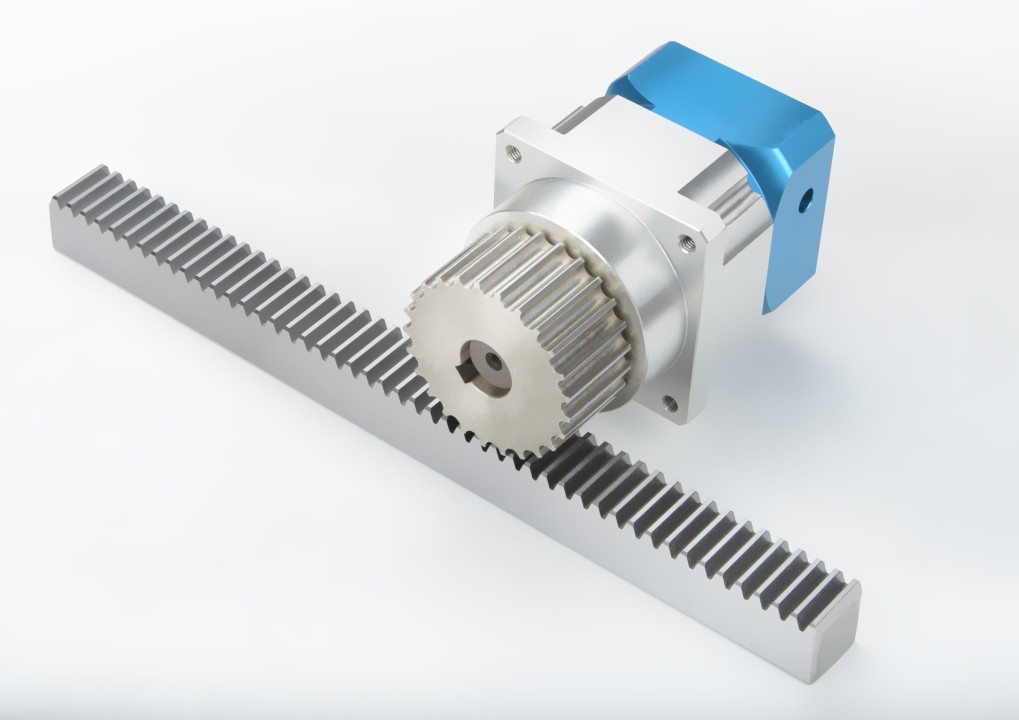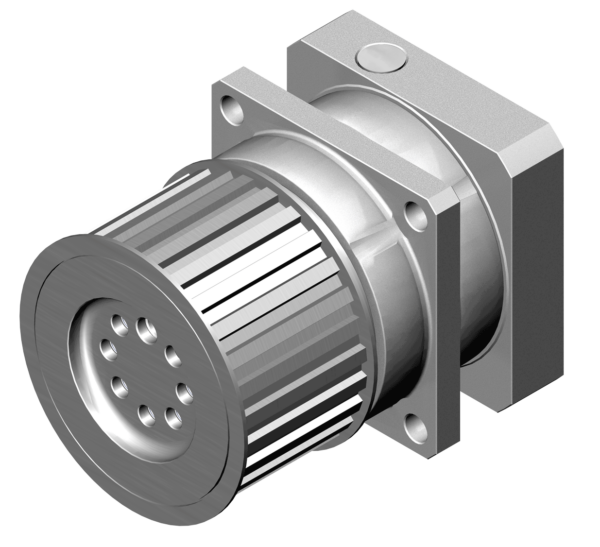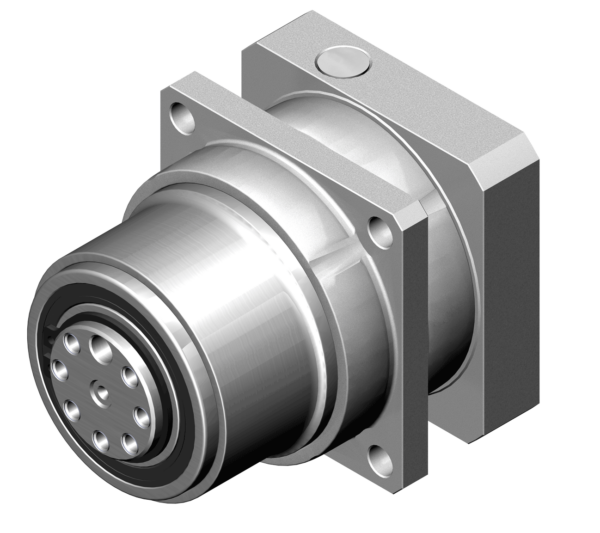Product Description
| Product Features | Description |
| Product Models | T2, T4, T6, T7, T8, T10, T12, T16, T20, T25, Z2, Z4, Z6, Z7, Z8, Z10, Z12, Z16, Z20, Z25, JRTM2, JRTM4, JRTM6, JRTM7, JRTM8, JRTM10, JRTM12, JRTM16, JRTM20, JRTM25 |
| Maintenance | Clean internally and replace lubricant after initial use of 2 weeks or 100-200 hours. For long-term use, replace lubricant every half to 1 year or every 1000-2000 hours |
| Lubricant | China Petroleum’s all-effect gear oil of 90-120 degrees. Under low speed and light load conditions, it is recommended to use all-effect gear oil of 90 degrees. Under heavy load and high temperature conditions, it is recommended to use all-effect gear oil of 120 degrees |
| Product Description | The T series spiral bevel gear steering gearbox is widely used in food, pharmaceutical, chemical, steel, metallurgy, textile, plastic, paper and other machinery equipment, assembly lines and other industries |
| Technical Features | The gearbox has a high rigidity FC-25 cast iron casing. The gears are made of high-quality high-purity alloy steel 20CrMnTi carburized and quenched, and ground. The shaft is tempered alloy steel with high load-bearing capacity. It is equipped with a heavy load-bearing tapered roller bearing. The oil seal has a double lip seal, which has dustproof and oil leakage prevention capabilities |
| Performance Features | The T series spiral bevel gear steering gearbox is standardized and has many varieties. The speed ratio is all actual transmission ratios, with an average efficiency of 98%. It can run CHINAMFG and reverse, with smooth low-speed or high-speed transmission, low noise, small vibration, and large bearing force |
| Technical Parameters | Speed ratio range: 1/1, 1.5/1, 2/1, 2.5/1, 3/1, 4/1, 5/1. Torque range: 11.2 – 5713 Nm. Power range: 0.014 – 335 kW |
·Product Models: T2, T4, T6, T7, T8, T10, T12, T16, T20, T25, Z2, Z4, Z6, Z7, Z8, Z10, Z12, Z16, Z20, Z25, JRTM2, JRTM4, JRTM6, JRTM7, JRTM8, JRTM10, JRTM12, JRTM16, JRTM20, JRTM25.
·Maintenance: The gearbox should be cleaned internally and the lubricant should be replaced after the initial use of 2 weeks or 100-200 hours. For long-term use, the lubricant should be replaced every half to 1 year or every 1000-2000 hours.
·Lubricant: The product uses China Petroleum’s all-effect gear oil of 90-120 degrees. Under low speed and light load conditions, it is recommended to use all-effect gear oil of 90 degrees. Under heavy load and high temperature conditions, it is recommended to use all-effect gear oil of 120 degrees.
·Product Description: The T series spiral bevel gear steering gearbox is widely used in food, pharmaceutical, chemical, steel, metallurgy, textile, plastic, paper and other machinery equipment, assembly lines and other industries.
·Technical Features: The gearbox has a high rigidity FC-25 cast iron casing. The gears are made of high-quality high-purity alloy steel 20CrMnTi carburized and quenched, and ground. The shaft is tempered alloy steel with high load-bearing capacity. It is equipped with a heavy load-bearing tapered roller bearing. The oil seal has a double lip seal, which has dustproof and oil leakage prevention capabilities.
·Performance Features: The T series spiral bevel gear steering gearbox is standardized and has many varieties. The speed ratio is all actual transmission ratios, with an average efficiency of 98%. It can run CHINAMFG and reverse, with smooth low-speed or high-speed transmission, low noise, small vibration, and large bearing force.
RFQ
Q:What information should I tell you to confirm speed reducer?
A: Model/Size, Transmission Ratio, Shaft directions & Order quantity.
Q:What if I don’t know which gear reducer I need?
A:Don’t worry, Send as much information as you can, our team will help you find the right 1 you are looking for.
Q:What should I provide if I want to order NON-STANDERD speed reducers?
A: Drafts, Dimensions, Pictures and samples if possible.
Q:What is the MOQ?
A: It is OK for 1 or small pieces trial order for quality testing.
Q:How long should I wait for the feedback after I send the inquiry?
A: Within 6 hours
Q:What is the payment term?
A:You can pay via T/T(30% in advance+70% before delivery), L/C ,West Union etc
| Application: | Motor, Electric Cars, Motorcycle, Machinery, Marine, Toy, Agricultural Machinery, Car |
|---|---|
| Function: | Distribution Power, Clutch, Change Drive Torque, Change Drive Direction, Speed Changing, Speed Reduction, Speed Increase |
| Layout: | Coaxial |
| Hardness: | Hardened Tooth Surface |
| Installation: | Horizontal Type |
| Step: | Three-Step |
| Samples: |
US$ 100/Piece
1 Piece(Min.Order) | |
|---|

How do manufacturers ensure the durability of pulley gearboxes in industrial environments?
Manufacturers take several measures to ensure the durability of pulley gearboxes in industrial environments. These measures involve careful design, material selection, manufacturing processes, and quality control. Here’s a detailed explanation of how manufacturers ensure the durability of pulley gearboxes:
Robust Design: Manufacturers employ robust design practices to ensure that pulley gearboxes can withstand the demands of industrial environments. The gearbox is designed to handle the anticipated loads, torque, and operating conditions specific to the intended application. Factors such as appropriate housing design, proper alignment of pulley shafts, and reinforcement in critical areas are taken into account during the design phase to enhance the durability and reliability of the gearbox.
Material Selection: Careful selection of materials is crucial for ensuring the durability of pulley gearboxes. Manufacturers choose materials that exhibit high strength, wear resistance, and corrosion resistance to withstand the harsh operating conditions in industrial environments. Components such as pulleys, shafts, bearings, and housings are typically made from materials such as steel alloys, cast iron, or aluminum, depending on the specific application requirements and environmental factors.
Quality Manufacturing Processes: Manufacturers employ precise and quality manufacturing processes to produce pulley gearboxes that meet stringent standards. Advanced machining techniques, such as CNC (Computer Numerical Control) machining, ensure accurate dimensions and proper fitment of components. The gearbox components are manufactured with tight tolerances to ensure smooth operation and minimize friction. Additionally, manufacturers follow industry best practices and quality control measures to ensure consistent and reliable production of gearboxes.
Proper Lubrication: Lubrication is critical for the smooth operation and durability of pulley gearboxes. Manufacturers specify appropriate lubricants for the gearbox based on factors such as load, speed, temperature, and operating environment. Adequate lubrication reduces friction, minimizes wear on components, dissipates heat, and helps prevent corrosion. Manufacturers may provide guidelines for the recommended lubrication schedule and type of lubricant to be used, and users are advised to follow these recommendations for optimal gearbox performance and durability.
Testing and Validation: Manufacturers subject pulley gearboxes to rigorous testing and validation procedures to ensure their durability. These tests may include load testing, endurance testing, temperature testing, and performance evaluation under various operating conditions. Testing helps identify potential weaknesses or design flaws, allowing manufacturers to make necessary improvements to enhance the durability and reliability of the gearboxes. Compliance with industry standards and regulations is also an important aspect of the testing and validation process.
Environmental Protection: In industrial environments, pulley gearboxes may be exposed to dust, debris, moisture, or other contaminants that can impact their durability. Manufacturers address this by incorporating protective measures into the gearbox design. This may include sealing mechanisms to prevent ingress of contaminants, such as dust seals or labyrinth seals, as well as the use of coatings or surface treatments to enhance corrosion resistance. These protective measures help extend the lifespan of the gearbox and maintain its performance in challenging environments.
User Education and Support: Manufacturers often provide user manuals, technical documentation, and support to ensure that users understand how to operate and maintain the pulley gearbox properly. This includes information on recommended maintenance practices, lubrication procedures, and troubleshooting guidelines. By educating users about the gearbox’s operational requirements, manufacturers help optimize its durability and minimize the risk of premature failure.
By implementing these measures, manufacturers aim to ensure that pulley gearboxes can withstand the demanding conditions of industrial environments and provide long-lasting, reliable performance.

How do pulley gearboxes ensure efficient power transmission and speed regulation?
Pulley gearboxes employ various mechanisms and design features to ensure efficient power transmission and speed regulation. These elements work together to optimize the transfer of power and enable precise control over the rotational speed. Here’s a detailed explanation of how pulley gearboxes achieve efficient power transmission and speed regulation:
- Pulley Size and Ratio Selection: Pulley gearboxes utilize different pulley sizes and ratios to achieve the desired speed regulation and power transmission efficiency. By selecting appropriate pulley sizes, the gear ratio can be adjusted to match the specific requirements of the application. This ensures that the power is effectively transferred from the driving pulley to the driven pulley, allowing for efficient power transmission.
- Mechanical Advantage: Pulley gearboxes leverage the principle of mechanical advantage to enhance power transmission efficiency. The use of different-sized pulleys creates a mechanical advantage that amplifies the torque output. Larger driving pulleys and smaller driven pulleys result in a higher mechanical advantage, allowing for greater torque transfer. This mechanical advantage ensures efficient power transmission, especially when dealing with varying load conditions.
- Tension and Friction Control: Proper tension and friction control are vital for efficient power transmission in pulley gearboxes. The tension in the belts or ropes connecting the pulleys is adjusted to ensure a firm grip and prevent slippage. Adequate tension helps maximize power transfer efficiency. The friction between the belts or ropes and the pulleys is also optimized to facilitate smooth power transmission. The right amount of friction ensures effective torque transfer while minimizing energy losses.
- Material Selection: The choice of materials for the pulleys, belts or ropes, and other gearbox components plays a crucial role in efficient power transmission. High-quality materials with low friction coefficients and high tensile strength are used to reduce energy losses and minimize wear. The materials are selected based on the specific application requirements to ensure optimal performance and durability.
- Alignment and Belt Tracking: Proper alignment of the pulleys and accurate belt tracking contribute to efficient power transmission and speed regulation. Misalignment and incorrect belt tracking can lead to increased friction, energy losses, and premature wear. Pulley gearboxes are designed with features that facilitate easy alignment adjustment and belt tracking to maintain optimal power transmission efficiency.
- Efficiency Optimization: Pulley gearboxes undergo design optimizations to maximize power transmission efficiency. This includes reducing frictional losses through the use of high-quality bearings, improved lubrication systems, and efficient sealing mechanisms. Minimizing internal losses within the gearbox components helps ensure efficient power transmission and speed regulation.
- Speed Control Mechanisms: Pulley gearboxes often incorporate speed control mechanisms to regulate the rotational speed of the driven pulley. These mechanisms can include adjustable pulley systems, variable speed drives, or additional gear stages. By providing the ability to adjust the speed ratio, pulley gearboxes enable precise speed regulation and accommodate varying operational requirements.
Overall, pulley gearboxes ensure efficient power transmission and speed regulation through a combination of pulley size and ratio selection, mechanical advantage, tension and friction control, material selection, alignment and belt tracking, efficiency optimization, and speed control mechanisms. These design elements work together to optimize power transfer, minimize energy losses, and provide reliable speed regulation in a wide range of applications.

What benefits do pulley gearboxes offer in various industrial applications?
Pulley gearboxes provide numerous benefits in various industrial applications. They offer advantages that contribute to efficient power transmission, speed control, versatility, and reliability. Here’s a detailed explanation of the benefits that pulley gearboxes offer in industrial applications:
- Power Transmission: Pulley gearboxes excel at power transmission between rotating shafts. They efficiently transfer rotational force and torque through the use of belts or ropes and pulleys. The friction between the belts or ropes and the pulleys ensures reliable power transmission without slippage, enabling the transfer of power from the driving pulley to the driven pulley.
- Speed Control: Pulley gearboxes allow for precise speed control in industrial applications. By utilizing pulleys of different sizes, the rotational speed can be adjusted according to specific operational requirements. The adjustability of pulley gearboxes facilitates speed conversion, enabling the system to operate at the desired speed while maintaining efficient power transmission.
- Flexibility and Adaptability: Pulley gearboxes offer flexibility and adaptability in industrial applications. They can be easily configured with different pulley sizes and arrangements to achieve specific speed and torque ratios. This versatility allows pulley gearboxes to adapt to varying load conditions, operational requirements, and system constraints, making them suitable for a wide range of industrial applications.
- Compact Size: Pulley gearboxes can be designed in compact sizes, making them ideal for industrial applications where space is limited. Their compact form factor allows for easy integration into machinery and equipment without occupying excessive space, optimizing the layout and efficiency of industrial systems.
- Cost-Effectiveness: Pulley gearboxes offer a cost-effective solution for power transmission and speed control in industrial applications. They are relatively simple in design and construction, resulting in lower manufacturing costs compared to more complex gearbox alternatives. The cost-effectiveness of pulley gearboxes makes them an attractive choice for industrial applications where budget constraints are a consideration.
- Reliability: Pulley gearboxes are known for their reliability in industrial settings. The use of belts or ropes in the pulley system helps absorb shocks and vibrations, reducing the risk of component failure and ensuring smooth operation. The frictional power transmission mechanism of pulley gearboxes provides robust and dependable performance, enhancing the overall reliability and longevity of industrial systems.
- Wide Range of Applications: Pulley gearboxes find applications in various industrial sectors. They are utilized in conveyor systems, manufacturing equipment, material handling machinery, agricultural machinery, automotive accessories, fitness equipment, and more. The versatility of pulley gearboxes makes them suitable for diverse industrial applications where power transmission, speed control, and adaptability are essential.
The benefits offered by pulley gearboxes in industrial applications, including efficient power transmission, precise speed control, flexibility, compact size, cost-effectiveness, reliability, and versatility, make them a popular choice for engineers and designers. By leveraging the advantages of pulley gearboxes, industrial systems can achieve optimized performance, improved productivity, and enhanced operational efficiency.


editor by CX 2023-11-01
